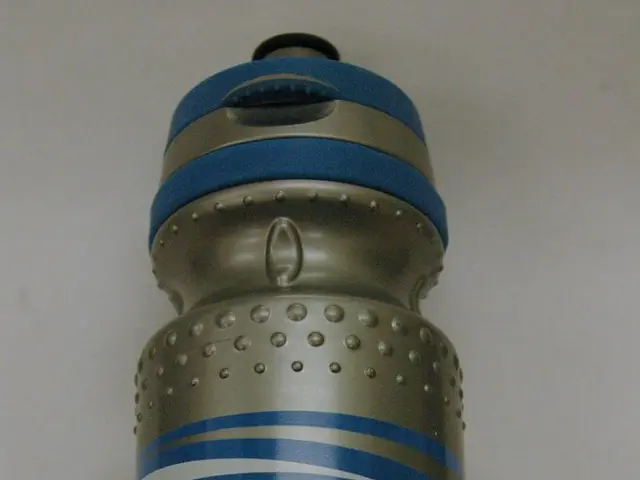Mercury-Free Diffusion Pump: A Safer Alternative for High Vacuums
Scientists and engineers have long relied on diffusion pumps to create high vacuums. However, the use of mercury in these pumps has raised safety concerns. Now, a safer, budget-friendly alternative is available.
Traditional diffusion pumps often use mercury as a working fluid. This method can pose risks, such as setting hot oil vapor on fire if air floods back into the vacuum chamber. To mitigate this, companies like Balzers have developed diffusion pumps with cold traps to condense mercury vapors and prevent them from affecting measurements.
A safer option is now available from [Advanced Tinkering]. They use a glass diffusion pump, allowing users to see the internal process. The company has experience working with liquid metals and building equipment for high vacuum. This innovation ensures a directed stream of vapor removes air molecules without the risks associated with mercury.
Both turbomolecular pumps and diffusion pumps are common methods for creating high vacuums. However, turbomolecular pumps require rotors spinning at high speeds, which need careful balancing. Diffusion pumps, on the other hand, use a working fluid, often silicone oil, to create a directed stream of vapor. The performance of both can be measured using vacuum gauges connected to their inlet and outlet.
While mercury was once widely used in diffusion pumps, safety concerns have led to its near abandonment. Now, [Advanced Tinkering] offers a safer, glass diffusion pump with a clear view of the process. This innovation ensures high vacuum creation without the risks associated with mercury, making it a welcome addition to scientific and engineering toolkits.








